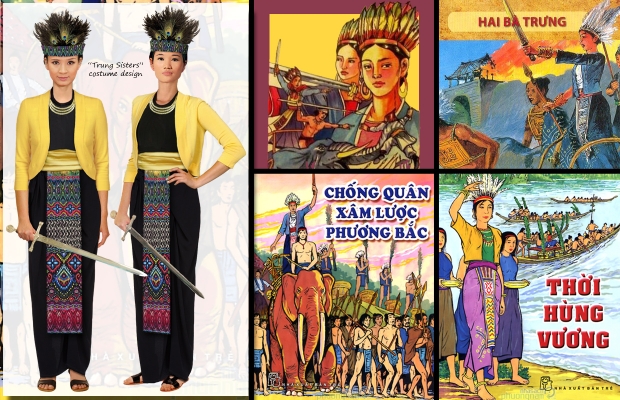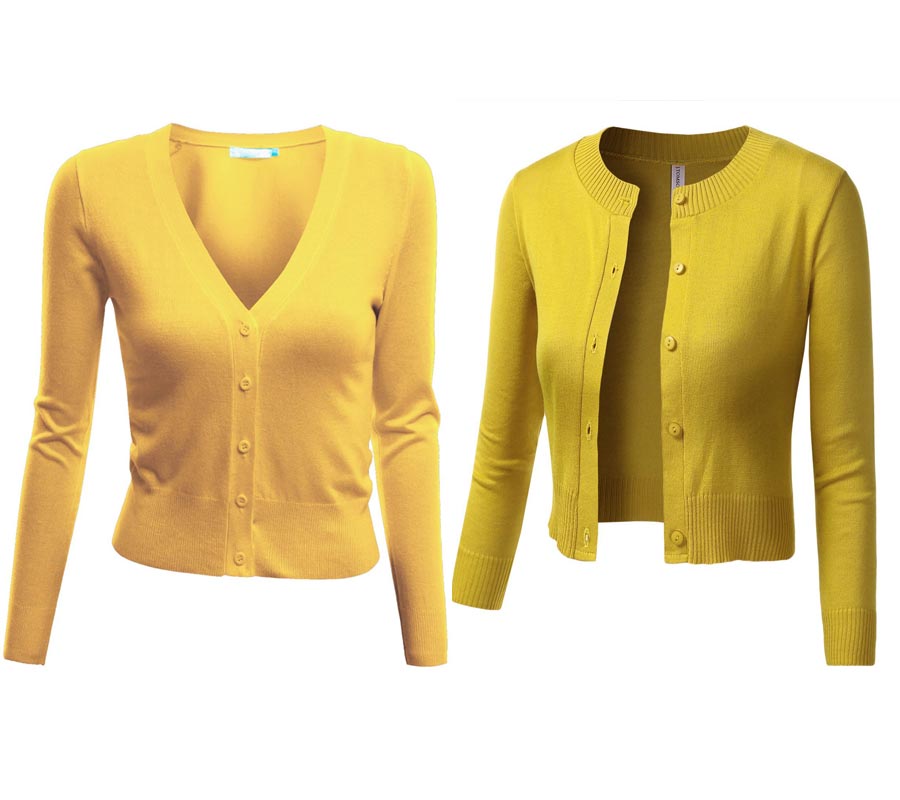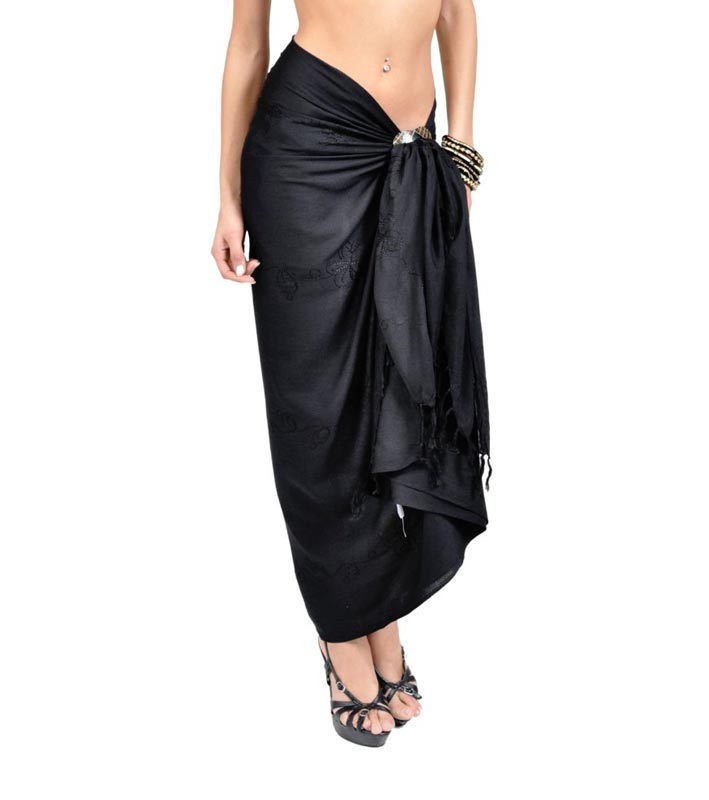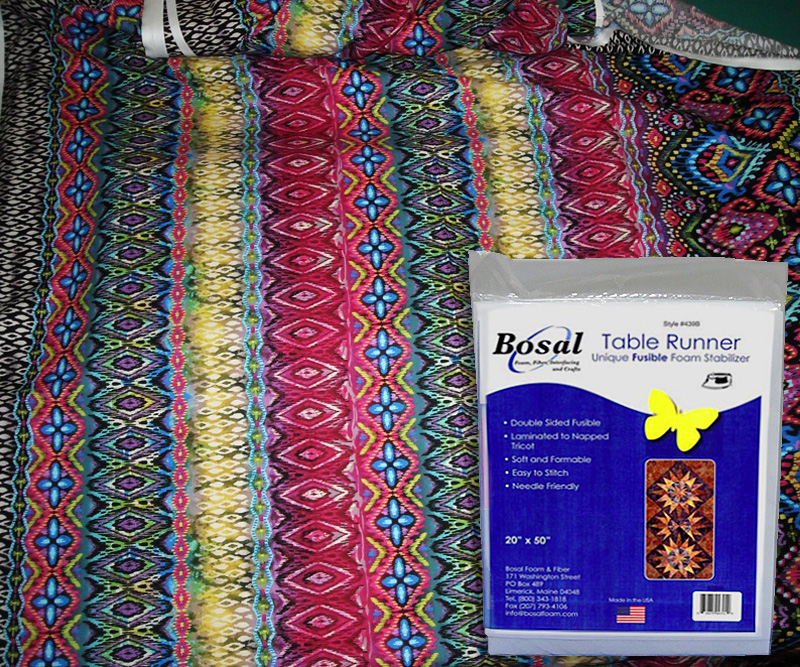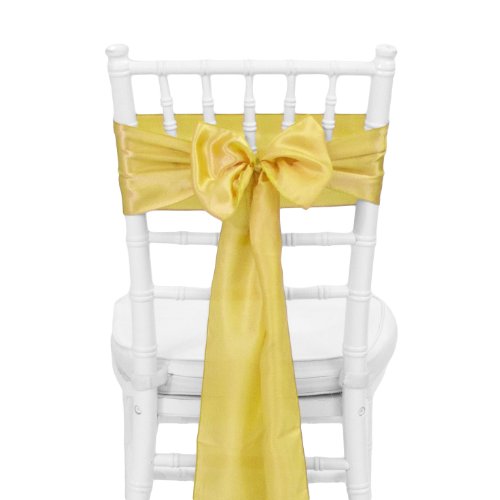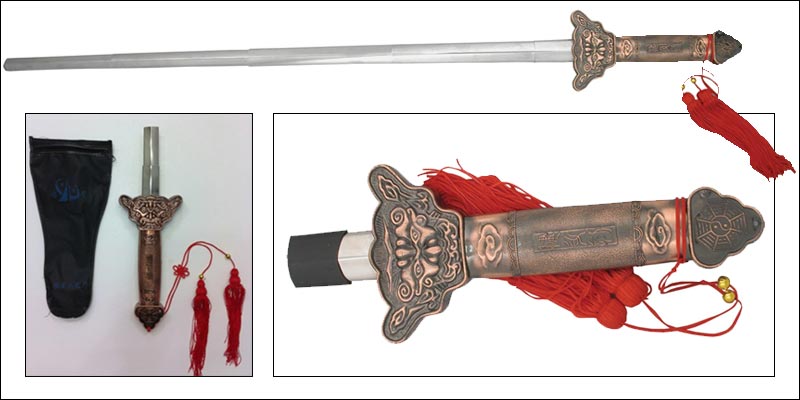In ancient Vietnam, before the Chinese came, women were clan rulers and queens. Society was built on what seems to have been a gender-equal footing, and women routinely wielded political power, went to war, ran homes and businesses, and even took multiple husbands if they could afford it. This was the civilization that produced the Trung Sisters (ca. 12-43), queens and national heroines of Vietnam. Trung Trac was the older of the two sisters; Trung Nhi was her loyal lieutenant. When the Chinese started to get serious about absorbing Vietnam into the Han empire, the Trung Sisters struck back. They led a brilliantly successful military rebellion and established an independent queendom, free from Chinese control. But huge implacable empires can’t be held off forever. The Chinese dispatched a massive army to the south, crushed the revolt, and then spent the next thousand years trying to remake the Vietnamese in their image.
The Trung Sisters are honored every March on Hai Ba Trung Day, with two ladies from the community dressed to represent the queens. The costumes on these occasions are often modern, with stylized satin suits and formal turbans. But the newer trend in art and theatre is to depict the Trung Sisters in the kind of clothing the ancient Viet people probably wore, based on what has been learned from archaeology. The drawings in our main illustration above all show this ancient pre-Chinese style, and that’s the look we’re going for with our costume design. The items we suggest, from left to right:
 1. Short curved-neck cardigan in yellow or short straight cardigan in mustard yellow. A cropped sweater or jacket is a super easy substitute for the ancient short jacket. We chose yellow since that’s the traditional color associated with the Trung Sisters. If you can find a jacket that’s made of plain woven cotton, not knitted, that would be even better.
1. Short curved-neck cardigan in yellow or short straight cardigan in mustard yellow. A cropped sweater or jacket is a super easy substitute for the ancient short jacket. We chose yellow since that’s the traditional color associated with the Trung Sisters. If you can find a jacket that’s made of plain woven cotton, not knitted, that would be even better.
2. Black halter top. Another convenient substitute. The ancient Vietnamese halter top, or yem, was just a square of fabric with strings to tie it around the neck.
3. Black sarong to wear as a wrap skirt.
4. Front skirt panel: Michael Miller Silk Road Stripe Multi fabric stiffened with double-sided fusible stabilizer. We’re using an ikat pattern fabric for the front decorative panel, since ikat is the pre-Chinese form of pattern weaving in Southeast Asia. One yard of the Mike Miller Silk Road Stripe will be plenty. Get a pack of double-sided fusible stabilizer and cut a piece the width and length you want your panel to be—perhaps 9 inches by 36 inches. Then wrap it with the stripe fabric and iron in place. Easy! To wear the panel, just fold the top edge over a long piece of string and tie it around your waist. The yellow sash (next) will cover up the string.
5. Yellow satin sash. Wrap this around your waist a couple of times after you’ve strapped on your front panel rig.
6. Feathered headdress. Ancient bronze drums recovered from the Dong Son culture in Vietnam (1000 BCE to 200 CE) show people wearing feathered headdresses. Some of those same drums are decorated with images of stylized peacock feathers, so that’s what we decided to use for the headdress. You’ll need:
- Shirt cardboard or poster board
- Michael Miller Silk Road Stripe Multi fabric (left over from making front skirt panel)
- One yard of black hackle feather trim, 6 inches
- One package of peacock eye feathers, 10-12 inches
Cut a piece of shirt cardboard or poster board that’s about 3 inches wide and 24 inches long. Roll it into a crown shape with about one inch on each end overlapping; you can size it on your head to get the right fit. (Average head circumference is 21 or 22 inches.) Once you have the size right, unroll the cardboard again and lay it flat to do the decorating.
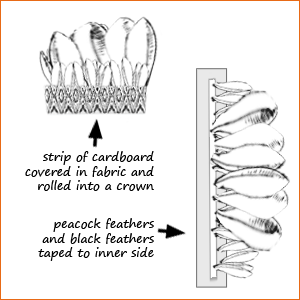 First cover your cardboard crown with some of the Silk Road Stripe fabric you have left over from making the front skirt panel—just glue or tape it on. Now tape or glue the feathers to the back side, which will be the inner side of the crown. Start with a length of the strung black feathers and tape or glue it in place. Add some peacock feathers on top of that. If you need more fullness, add another length of black feathers on top of the peacock feathers. Once you’re finished taping/gluing feathers, you can paste another strip of fabric on top of it all to cover up the messiness and help hold the feathers firmly in place.
First cover your cardboard crown with some of the Silk Road Stripe fabric you have left over from making the front skirt panel—just glue or tape it on. Now tape or glue the feathers to the back side, which will be the inner side of the crown. Start with a length of the strung black feathers and tape or glue it in place. Add some peacock feathers on top of that. If you need more fullness, add another length of black feathers on top of the peacock feathers. Once you’re finished taping/gluing feathers, you can paste another strip of fabric on top of it all to cover up the messiness and help hold the feathers firmly in place.
To wear the crown, roll it up and and fasten the two overlapping ends in place. You can use tape, glue, staples, or even binder clips to hold it together.
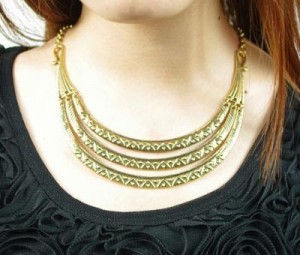 Jewelry: A metal bib necklace or collar is the closest modern equivalent to the ancient style. This bronze triple-tier necklace (shown at right) is pretty much perfect, but any kind of metal bib/collar will do. You can also wear big brass or bronze hoop earrings, cuff bracelets, bangles, and anklets.
Jewelry: A metal bib necklace or collar is the closest modern equivalent to the ancient style. This bronze triple-tier necklace (shown at right) is pretty much perfect, but any kind of metal bib/collar will do. You can also wear big brass or bronze hoop earrings, cuff bracelets, bangles, and anklets.
Shoes: Most people in ancient Vietnam probably went barefoot. We recommend unobtrusive flat sandals.
Sword: You must have one. Actually, you must have two, since you and the other Trung Sister both need to carry one. The usual thing is to get a tai chi sword, since they’re readily available in a full range of prices. An excellent value is the Extendable Tai Chi Sword, which is 37 inches long, looks great, and is only about 12 bucks:
Related posts: For more information and some background research, see our blog post Finally, the Trung Sisters.
Illustration credits: The four drawings in our main illustration are all taken from youth-market pictorial histories of Vietnam. The image in the upper left corner is from the cover of The Trung Sisters Uprising, issued by the Culture and Information Publishing House. The other three drawings are all from Tre Publishing House’s Vietnam History in Pictures series. The one in the top right corner is from Volume 6 of an edition dated 2012. The two images on the bottom are from Volumes 1 and 2 of an edition dated 2010.

